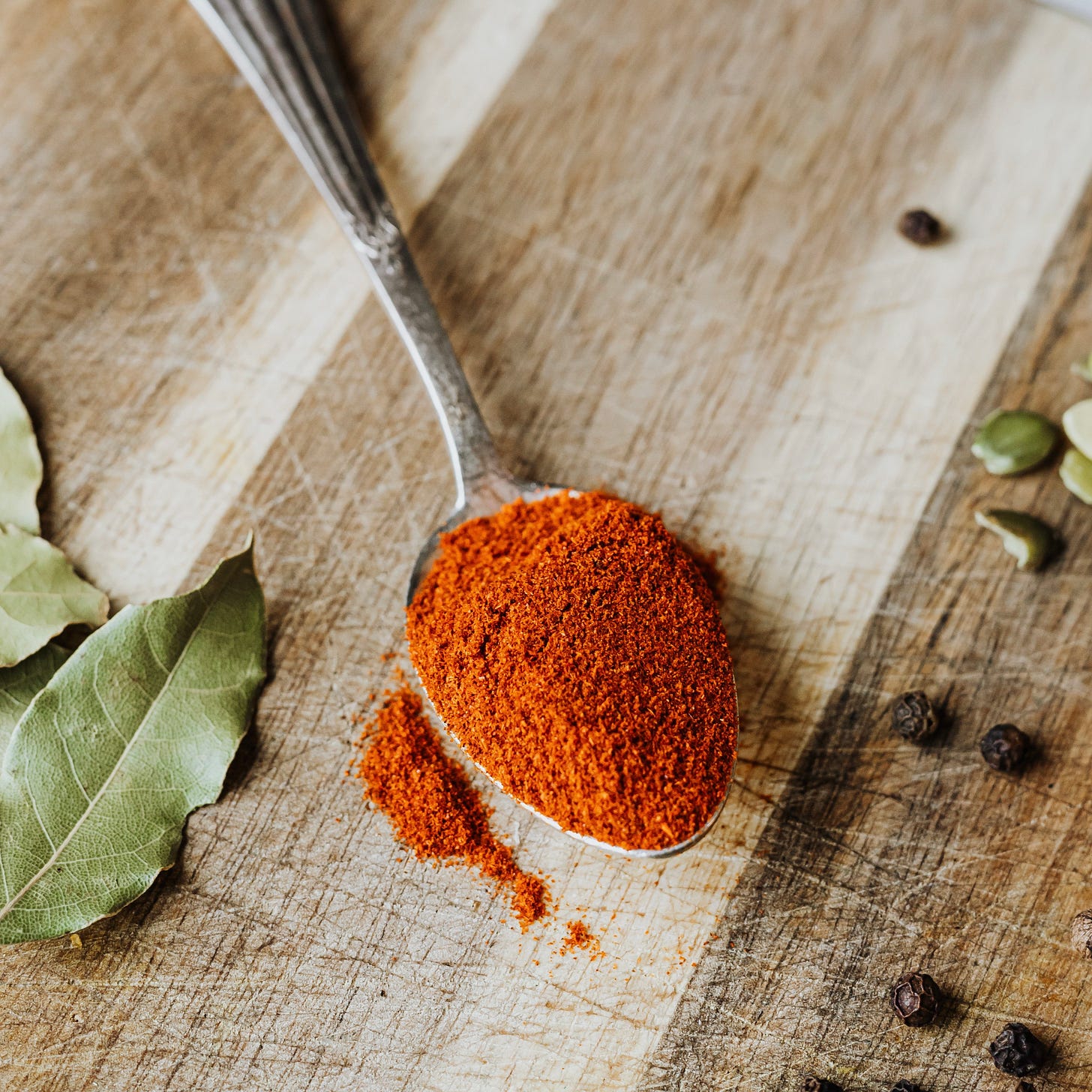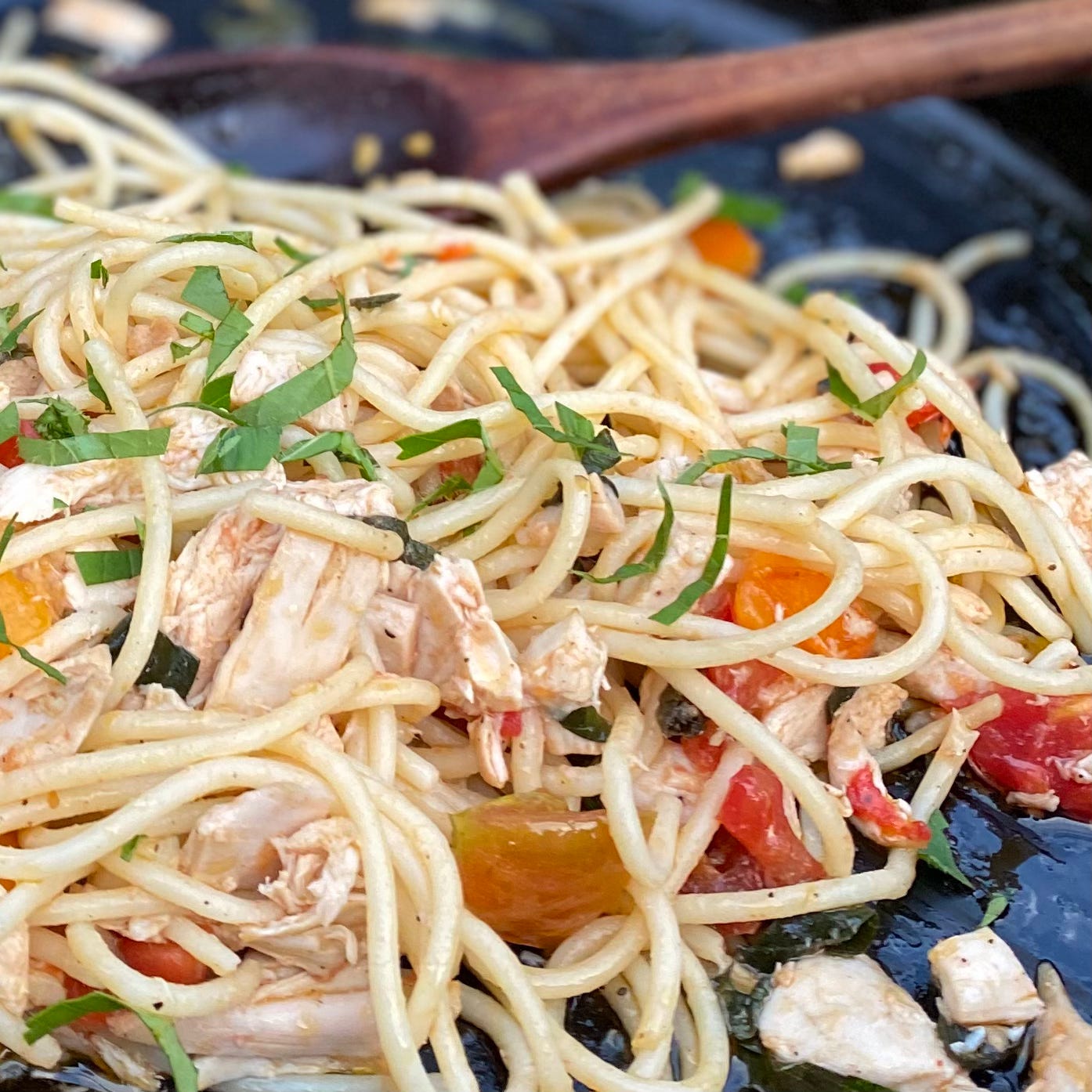A dash of cayenne.
That’s what the recipe recommended. The author asserted it would not impart much heat to the dish but noted it as an optional ingredient all the same.
I already knew how much I’d add, based on the other spices in the mix and the overall quantity. It was liberating—cook’s choice, reins in my hands, as the culinary arts were intended. This is why I’m not a prolific baker. I’m too apt to want to color outside the lines.
Define dash, I mused, as I tossed in a half teaspoon.
In my head, I was off like a one-horse open sleigh, verbing the noun as I went. I met up with the dash that danced with the dot, symbols for letters, a text messaging prequel, and then, the stylish one with his special flair. There was the footrace version, an all-out human burst, calculated in meters or yards, depending on how stubbornly American you wanted to be. And, the place where the dust accumulates most visibly in my car, an abbreviation that seems to have all but replaced the original term. Not to be confused with the hyphen, there were also the em-dash and the en-dash, and the Black Dash, a butterfly I’d love to discover in my yard, someday. My mental excursion finally came to rest on thoughts of forceful impacts and shattered dreams.
Returning to the task at hand, I wondered if there was some presumed equivalent for dash-as-ingredient that I’d never bothered to learn. There must be! How else would a novice cook know what to do?
I pulled out Michael Ruhlman’s Ratio, an anti-recipe book that aims to teach basic proportions as the foundation for all cooking. No dash-defining info there, presumably because anything that small wouldn’t make it into a list of key ingredients.
Catherine Rickman, on Food Republic, offered approximations, while the Accuracy Project went more granular. Both situated the dash in the range of 1/8th of a teaspoon and noted that it was formerly reserved for liquid measures. The Smithsonian, not surprisingly, provided a fascinating history of recipe writing’s increasing precision, starting in the 18th century, as oral tradition and observation gave way to a more literate populace.
An eighth? They must be joking! I guess I’m a sucker for a big dash.
I twisted the lid on the cooker, set the timer, and went outside. For the next several hours, I gardened, the heat and mosquitoes offset by the joy of chatting with a friend from back home while I worked. She was an ear-witness to my startled yelp when a mature, five-lined skink erupted out of a container filled with last season’s dirt, a nest of tiny eggs tumbling out into the wheelbarrow before I realized what was happening. The lizard disappeared under a shed, but I saw her soon after, revisiting the same pot, now refilled with fresh soil.
Thinking she might discover and relocate her clutch, I scattered the seven, soft-shelled ova on the surface, then observed, sporadically, from a distance. I saw her return and watched in amazement as she took an egg in her mouth and swallowed it. In the next moment, she grabbed a second, punctuated the move with a marked head shake, and slipped out of view.
When I looked the next morning, there were three eggs left in the pot, slightly shriveled from too much exposure to the intensity of the world, like hopes dashed.
Within days, from The Moth Radio Hour, a sparkling six minutes with NeShaune Lasley, who took second place in her first StorySLAM competition. “Go, Venae, Go!” is about so much more than running the 400-yard dash, and the timing, for me, remarkable.
Lasley’s piece starts at the 8-minute mark. Special thanks to Pam for helping me find the link. She wants me to give the homemade pickles I promised her to someone else.
Last night, we devoured what was left of our quintessential summer pasta. It has been a meal we’ve enjoyed since our children were small, before we gave up buying conventional rotisserie chickens. The pressure-cooked bird was fabulous, moist and flavorful thanks to a coating of zesty seasoning added at the beginning, the boost of cayenne not remotely overpowering.
Chicken, early-season heirloom tomatoes, and finely-minced garlic, so recently harvested it was still a little difficult to peel. Olive oil, a chiffonade of Italian and holy basils, salt and pepper, finished off with a generous helping of grated Romano cheese.
Just the way we like it. Only this time, I also added a dash of red wine vinegar.
Perfetto!
~Elizabeth
p.s. If an electric pressure cooker isn’t in your toolkit, use whatever device you choose to cook your chicken—oven, smoker, flame thrower—it’s up to you! 😅








A beautiful - and delicious - post, Elizabeth!
I take risks in the kitchen - opening up tubs, scattering just a bit of whatever, then throwing caution to the wind by chucking in more. I adore strong flavours - so, less of a dash, more of a full-on page-wide line... 🤣
I never know quite what dinner will include - the garden is starting to produce massive quantities of tomatoes and zucchini so those get incorporated as much as possible. I think a dash is an amount deemed too small to measure but that can really wake up a dish…LOL. How do you think it compares to a pinch?? 😉